Looking for inspiration for your next product marketing campaign? The most successful brands have mastered the art of connecting with their audience through powerful and creative campaigns that not only promote their products but also tell compelling stories. From clever storytelling to innovative strategies, these campaigns stand out for their impact and creativity.
In this article, we’ll highlight some of the most awe-inspiring and effective product marketing campaigns that have set benchmarks in the industry. Whether you’re working with a big brand or a small business, these campaigns can provide the ideas and inspiration you need to elevate your own marketing efforts. Let’s dive into the strategies and tactics behind these standout campaigns.
What is product marketing?
Product marketing is the strategic process of promoting and selling a product to a target audience. It involves a mix of tactics aimed at increasing a product’s visibility, driving sales, and building a strong connection between the product and its potential customers. Product marketers work on understanding market demands, creating messaging that resonates with customers, and positioning the product effectively in the marketplace.
At its core, product marketing bridges the gap between the development of a product and its success in the market. It focuses on key areas like identifying customer needs, crafting compelling value propositions, determining pricing strategies, and managing product launches. Successful product marketing ensures that the product not only reaches its audience but does so in a way that addresses their pain points and provides clear benefits, ultimately driving both brand loyalty and revenue growth.
Think Different – Apple
One of the most iconic product marketing campaigns of all time comes from Apple with its “Think Different” campaign, launched in 1997. The campaign marked a pivotal moment in Apple’s history, just as the company was on the brink of financial collapse. Instead of focusing on promoting specific products, Apple’s “Think Different” campaign focused on celebrating creativity, innovation, and the power of thinking outside the box—qualities that aligned perfectly with the brand’s identity.
The campaign featured black-and-white images of visionary figures like Albert Einstein, Martin Luther King Jr., and John Lennon, with the tagline, “Think Different.” This simple, yet powerful message set Apple apart from its competitors, positioning the brand as one that embraced individuality and the unconventional. By associating the Apple brand with revolutionary thinkers and creators, the campaign helped reposition Apple as a leader in innovation, ultimately reigniting the brand’s connection with its audience and setting the stage for future successes like the iPod, iPhone, and iPad.
What made “Think Different” so successful wasn’t just the messaging, but how it tapped into deeper emotional connections. It wasn’t about selling a product—it was about selling a mindset and a lifestyle. The campaign resonated with people who valued creativity and independence, aligning Apple with their personal values. In the end, the “Think Different” campaign helped solidify Apple’s brand identity and cemented its place in pop culture.
Dream Crazy – Nike
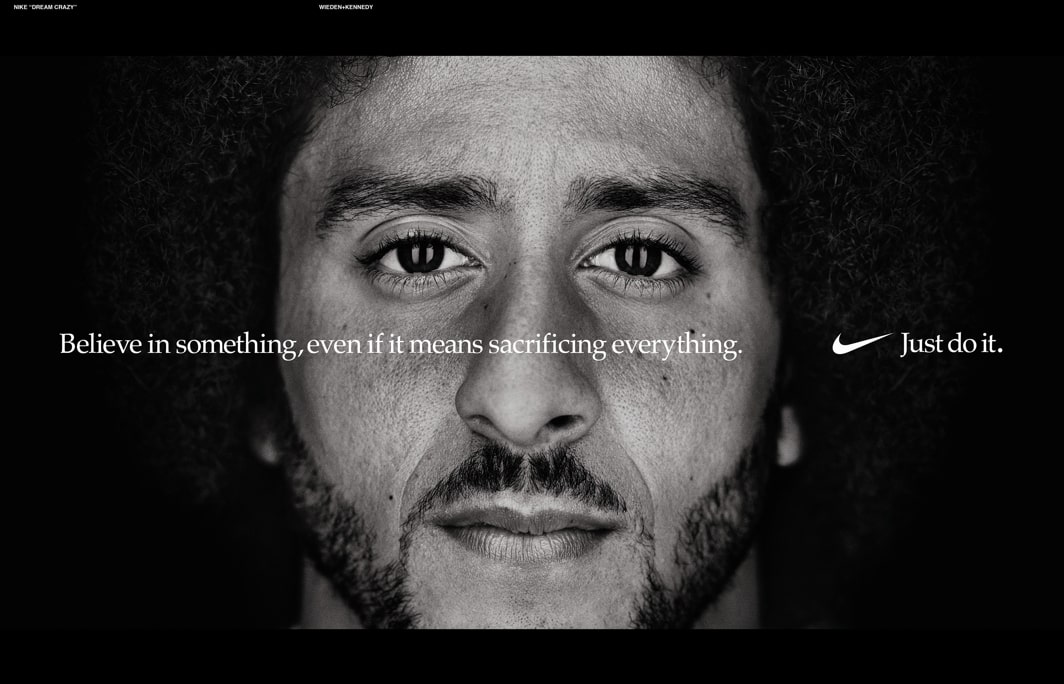
One of Nike’s most powerful and successful campaigns in recent years is the “Dream Crazy” campaign, launched in 2018. This campaign broke new ground not only for its bold messaging but also for its fearless stance on social and political issues. Featuring Colin Kaepernick, the campaign celebrated athletes who push boundaries and dare to dream big, regardless of the odds. Kaepernick, known for his controversial stance during the national anthem protests, became the face of the campaign, symbolizing Nike’s commitment to supporting athletes who use their platform for change.
The campaign was a mix of inspiring visuals, storytelling, and a call to action that encouraged consumers to “Dream Crazy.” It wasn’t just about selling shoes; it was about aligning the brand with a larger narrative of social justice and individual empowerment. The advertisement included powerful moments from athletes like Serena Williams, LeBron James, and Eliud Kipchoge, each overcoming personal and societal barriers to achieve greatness.
Nike’s decision to take a stand on issues such as racial inequality and activism was risky, but it paid off in a big way. Not only did the campaign resonate deeply with its core audience, but it also sparked meaningful conversations about what brands stand for in today’s world. The results? Nike’s sales surged by 31% in the weeks following the campaign’s release, and the brand solidified its position as a cultural leader with a clear and authentic voice.
What made the “Dream Crazy” campaign stand out wasn’t just the star power or the cause, but the way it tapped into the emotional core of its audience. It reminded people that Nike is more than just a sports brand—it’s a movement. The campaign set a new standard for how product marketing can be used to connect with consumers on a deeper, more meaningful level.
Stratos – Red Bull
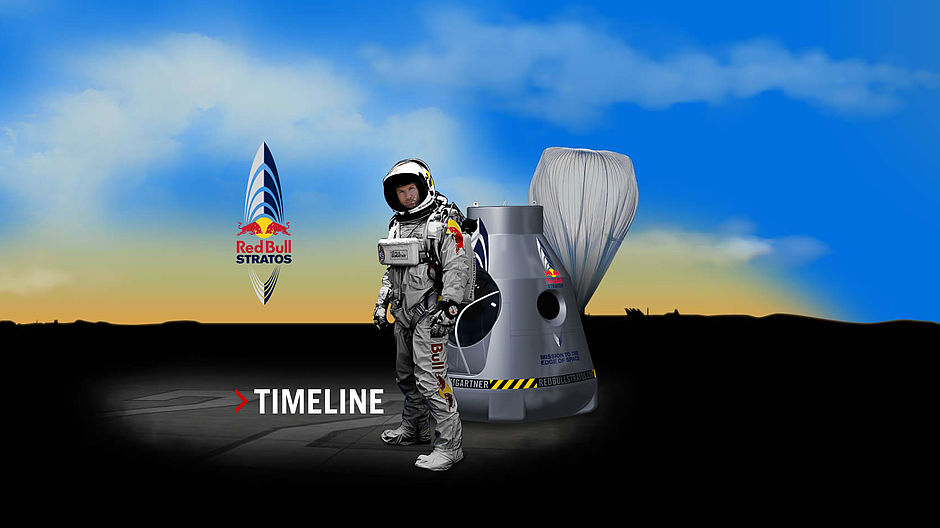
Red Bull is known for its boundary-pushing, adrenaline-fueled campaigns, but one of its most groundbreaking and successful marketing initiatives was the “Stratos” mission in 2012. This campaign, which took the concept of extreme sports to an entirely new level, saw skydiver Felix Baumgartner break the world record for the highest freefall from space. Red Bull didn’t just sponsor the event; they turned it into a global spectacle, broadcasting the event live and embedding their brand into the very fabric of the achievement.
The “Stratos” campaign was a feat of both marketing and human endurance. Felix Baumgartner’s jump from 128,100 feet above the Earth was not only a thrilling display of physical courage but also a technical marvel, showcasing the incredible precision and innovation involved in the mission. Red Bull’s involvement wasn’t just about the jump; it was about highlighting the brand’s ethos of pushing the boundaries of what’s possible.
The campaign was an example of how Red Bull doesn’t just market a product—it markets a lifestyle of ambition, achievement, and adventure. By positioning itself at the heart of this extraordinary achievement, Red Bull elevated its brand to a level of authenticity and excitement rarely seen in the marketing world.
The results were astounding. The live stream of the event garnered over 8 million concurrent viewers, making it one of the most-watched live streams in history. The campaign generated over 10 million social media mentions and increased Red Bull’s global brand visibility exponentially. It wasn’t just a promotional stunt; it was an experience that captivated the world and reinforced Red Bull’s reputation as a brand for those who seek to push the limits of human potential.
Through the “Stratos” mission, Red Bull demonstrated the power of creating unforgettable, once-in-a-lifetime experiences that don’t just promote a product, but define a brand.
Make It Count – Nike
Nike’s “Make It Count” campaign may not have been as high-profile as some of its other initiatives, but it stands as one of the brand’s most memorable due to a partnership with filmmaker and YouTube sensation Casey Neistat. Released in 2012, the campaign was a departure from traditional Nike ads, as it relied heavily on Neistat’s creative vision and authentic, raw storytelling rather than polished commercial production.
The campaign started with a simple concept: “Make It Count.” Nike wasn’t just selling shoes or apparel—they were encouraging people to live with purpose, to take action, and to make the most of their time. Neistat took this philosophy to heart, spending $50,000 from Nike’s budget to travel the world and create a short film that would encapsulate the spirit of the message.
What set this campaign apart was Neistat’s approach. Instead of following the typical route of a corporate ad, he brought his signature style of energetic, spontaneous filmmaking to the project. The video showed him engaging in various activities—working out, traveling, and living life to the fullest—without a clear narrative structure, making it feel more like an authentic vlog than a commercial. The result was a powerful, emotionally-charged film that resonated with viewers on a personal level.
What made “Make It Count” so impactful wasn’t just the message—it was how it was delivered. Neistat’s raw, unpolished style conveyed a sense of realness that felt in line with Nike’s brand of inspiring action, but with a modern, digital twist. The message was simple yet profound: live with intention, pursue your passions, and make every moment count.
The campaign was a success not only because it aligned with Nike’s values but because it leveraged the power of social media and influencers in an authentic way. Casey Neistat’s loyal following embraced the campaign, and it quickly went viral. Nike’s brand was associated not with products but with a lifestyle of purpose and drive, making the “Make It Count” campaign a prime example of how an influencer partnership can take a brand’s message to the next level.
In the end, “Make It Count” was memorable because it felt real and spontaneous, a far cry from the traditional polished marketing material audiences were used to. Thanks to Casey Neistat’s creative genius and the authenticity he brought to the project, this campaign became one of Nike’s most iconic—showing how a well-executed, influencer-driven campaign can leave a lasting impact.
See SMO in action
Try our solutions with zero commitment
Wrapped – Spotify
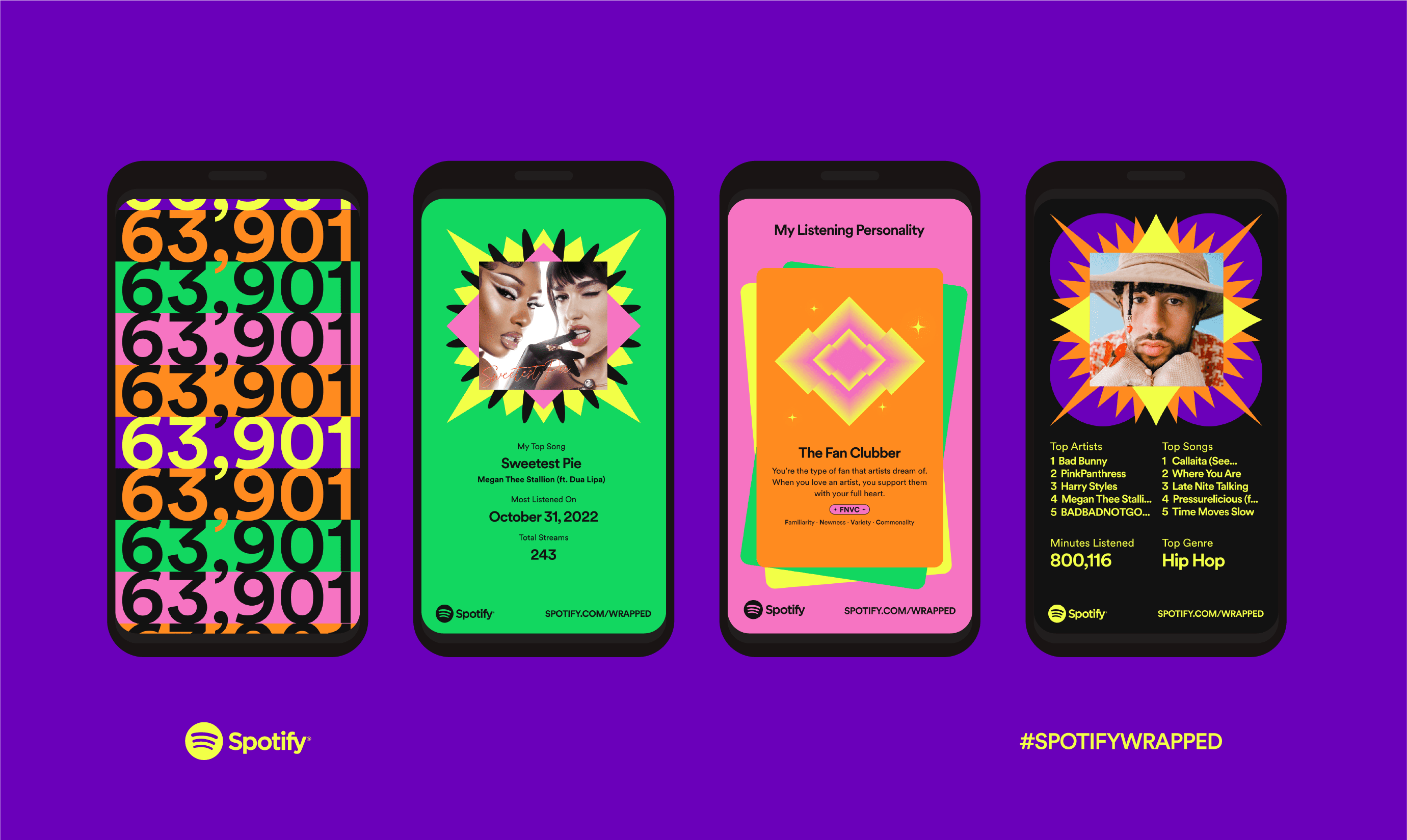
Spotify’s annual “Wrapped” campaign has become one of the most anticipated events in digital marketing, transforming user data into a personal experience that feels both individualized and shareable. Launched every December, “Spotify Wrapped” takes listeners’ yearly music habits and compiles them into a visually striking and highly shareable summary of their listening patterns—from top songs and artists to the total hours spent listening.
What makes this campaign so impactful isn’t just the data—it’s the way Spotify has turned something as mundane as music statistics into a personal story for each user. The campaign taps into nostalgia, individuality, and social connection, making the listening experience feel more engaging. Spotify doesn’t just present the facts; it crafts an emotional narrative around them, allowing users to reflect on their year through the soundtrack of their lives.
The true genius of “Wrapped” lies in its social component. Each year, millions of users eagerly share their Wrapped results on social media, sparking conversations and driving organic engagement. It creates a sense of community, as listeners compare their top artists, songs, and genres, often discovering new music through their friends’ preferences. This level of engagement builds brand loyalty while also giving Spotify valuable word-of-mouth promotion.
Moreover, Spotify cleverly taps into FOMO (fear of missing out) with “Wrapped.” The campaign generates so much buzz that users eagerly wait for their personalized data, and the anticipation alone drives app opens, downloads, and engagement. The personalized results, along with the campaign’s sleek, shareable visuals, make it not just a marketing tool but a cultural phenomenon.
Spotify has consistently refined this concept, making “Wrapped” more interactive and immersive each year. It’s an excellent example of how data-driven campaigns can create real emotional connections with users. By turning metrics into meaningful stories, Spotify doesn’t just market a service—it creates a tradition that users look forward to year after year, making it one of the most successful and talked-about marketing campaigns in the music streaming world.
Belong Anywhere – Airbnb
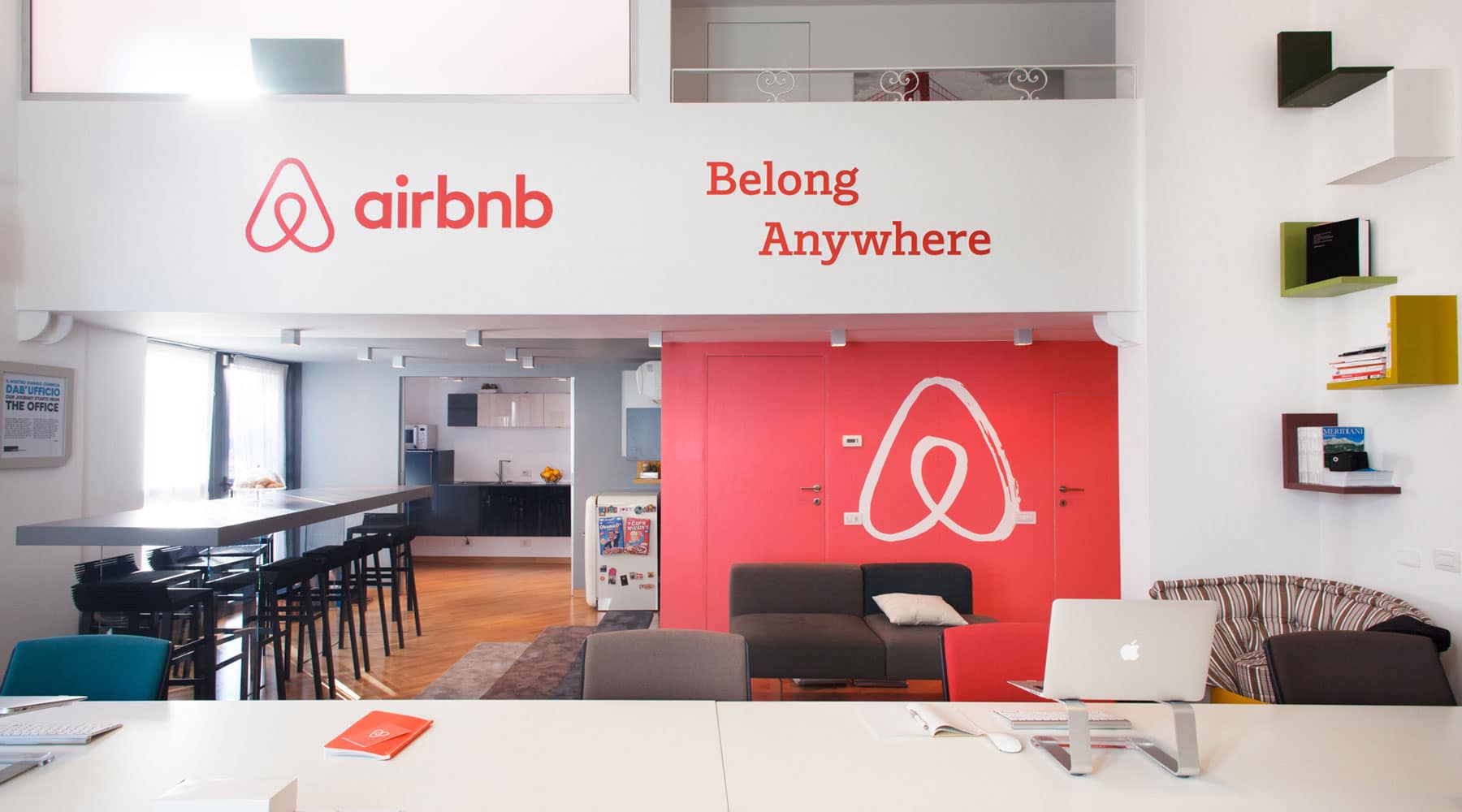
Airbnb’s “Belong Anywhere” campaign, launched in 2014, was a transformative moment for the brand, marking its evolution from a simple vacation rental platform to a company that celebrated the idea of belonging. Rather than focusing on the properties available on its platform, Airbnb shifted the focus to the experiences and emotions that travel can invoke. The campaign didn’t just sell accommodations; it sold a vision of global community and personal connection.
The core message of “Belong Anywhere” was simple yet powerful: no matter where you go, you belong. This campaign tapped into the human desire for connection, belonging, and exploration, inviting people to see travel not as a transaction but as a way to experience the world through local perspectives. It wasn’t just about finding a place to stay—it was about feeling at home wherever you are.
What made “Belong Anywhere” stand out was its focus on storytelling. Airbnb’s ads featured real guests and hosts, showing them interacting and sharing experiences that went beyond the typical tourist attractions. One of the key videos in the campaign featured a woman traveling to new places and staying in homes across the world, meeting strangers who welcomed her with open arms. The message was clear: Airbnb was about creating connections between people from different walks of life, allowing travelers to feel more at home and less like outsiders.
Airbnb cleverly used this campaign to expand its brand identity, reinforcing the idea that it was not just a platform for renting homes but a tool for meaningful travel. The brand was positioning itself as a part of a larger movement that was redefining how people experienced the world.
The campaign was also highly successful because of its emotional resonance. It tapped into a deep-seated desire for connection, a feeling that transcends cultures, and found its way into the hearts of users. It was a natural fit for social media, where users could share their own “Belong Anywhere” experiences, creating a ripple effect that spread across platforms.
In terms of results, the campaign was a massive success for Airbnb. It helped position the company as a global leader in travel and tourism and boosted brand awareness significantly. But more importantly, it shifted the narrative around travel—from something transactional to something deeply human. “Belong Anywhere” wasn’t just a slogan; it was a philosophy that Airbnb continues to live by, making this campaign one of the most impactful in the company’s history.
Don’t Buy This Jacket – Patagonia
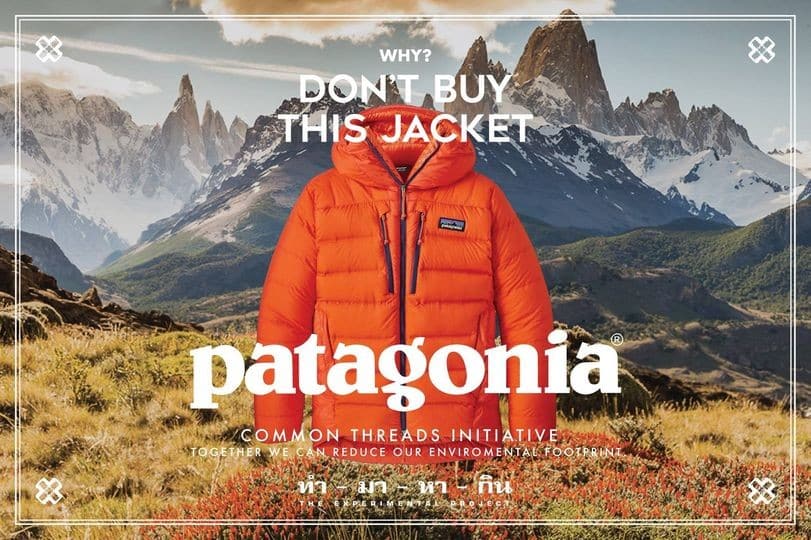
Patagonia’s “Don’t Buy This Jacket” campaign, launched in 2011, stands as one of the most surprising—and effective—marketing campaigns in recent history. Rather than using typical consumerist language to encourage shopping, Patagonia did the opposite: they told customers not to buy their products. The ad, which appeared as a full-page spread in The New York Times, showed a jacket from Patagonia’s popular line of outerwear with the stark message: “Don’t Buy This Jacket.”
At first glance, this may seem counterintuitive, especially for a brand whose business model relies on selling high-quality outdoor apparel. However, the campaign was about more than just selling products—it was about sparking a conversation around sustainability, environmental responsibility, and conscious consumption. Patagonia urged its customers to think twice before buying new products and encouraged them to consider the environmental impact of their purchases.
The message was clear: Patagonia doesn’t just want to sell you more clothes—they want to create a movement toward more mindful consumption. The company’s founder, Yvon Chouinard, explained that the campaign was a reflection of Patagonia’s commitment to environmentalism and sustainability. Rather than promoting endless growth and consumption, Patagonia pushed for less waste and more conscious choices. It was a call to action for people to buy less, recycle more, and repair their existing gear.
Patagonia went a step further by using the campaign to highlight their own efforts toward sustainability, such as the use of recycled materials in their products and their “Worn Wear” program, which encouraged customers to repair and resell old Patagonia gear rather than toss it out. The campaign became a symbol of Patagonia’s broader commitment to environmentalism, showing that a brand could stand for something larger than just its products.
While unconventional, the campaign resonated deeply with Patagonia’s target audience. It positioned the brand as a leader in corporate social responsibility and sustainability. Rather than turning customers away, it inspired loyalty among environmentally-conscious shoppers who appreciated the company’s authenticity.
The results were impressive: despite the initial anti-consumption message, Patagonia saw a 30% increase in sales during the campaign’s first year. The campaign’s success demonstrated that aligning a brand with a powerful, purpose-driven message can not only enhance its reputation but also drive consumer behavior in a positive direction.
Patagonia’s “Don’t Buy This Jacket” campaign wasn’t just a marketing tactic—it was a bold statement that reflected the company’s core values. It challenged the status quo and showed that even in the world of consumerism, there’s room for brands to inspire change.
The Life Improvement Project – IKEA
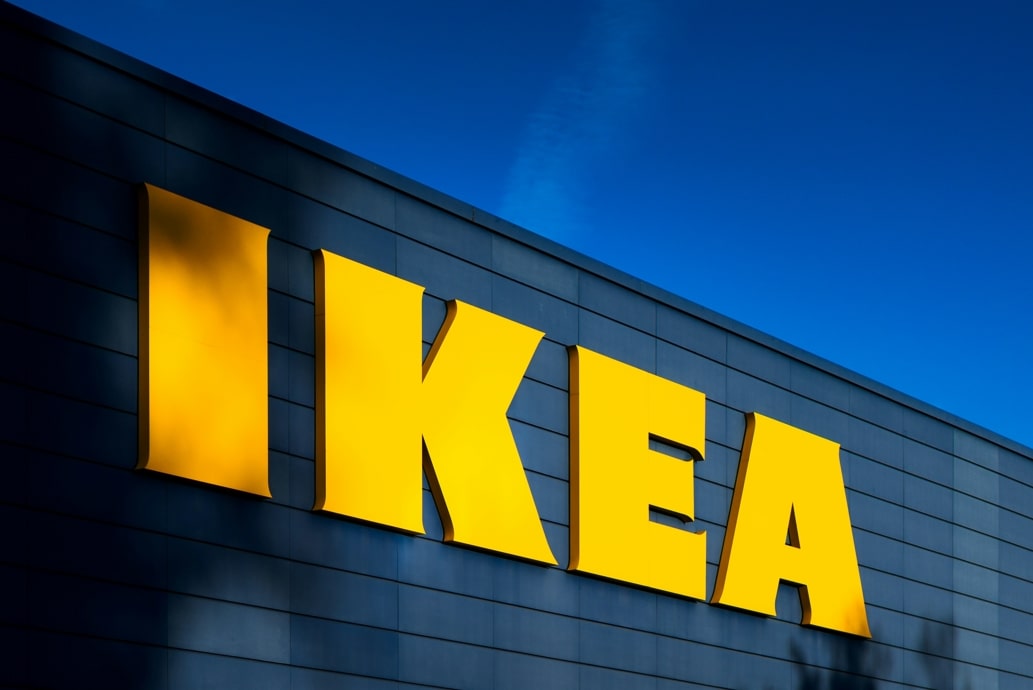
IKEA’s “The Life Improvement Project” campaign, launched in 2016, is a perfect example of how a brand can take an everyday challenge and turn it into a compelling marketing message. Unlike many furniture brands that focus on style, function, or sales promotions, IKEA approached its campaign with a unique focus on the emotional and psychological impact of home life. The central theme? Helping people solve real, relatable problems that arise in the spaces where they live.
Rather than simply advertising products, IKEA positioned itself as a brand that understood the chaos of daily life and sought to make things better. The campaign included a series of ads and videos showcasing how simple, affordable IKEA products could solve common household issues, from cluttered kitchens to messy bedrooms, all while promoting a sense of well-being and calm. The tagline “Make the most of your space” encapsulated this idea, with IKEA offering solutions not just for how a room might look, but for how a space could positively impact a person’s mental and emotional state.
What set “The Life Improvement Project” apart was its focus on storytelling. IKEA didn’t just show people buying furniture or using products—it showed real-life scenarios where their products could make a tangible difference. For example, one ad featured a family struggling with the clutter of daily life, only to transform their home into a more functional, harmonious environment with the help of IKEA products. These stories felt authentic and relatable, allowing viewers to see IKEA not just as a brand that sells furniture, but as a brand that could improve their daily lives.
IKEA also used this campaign to highlight its commitment to sustainability and affordable design. By presenting solutions that didn’t require extravagant spending, IKEA made it clear that they were accessible to a wide range of customers. The campaign was designed not just to showcase products but to promote a lifestyle—a lifestyle that embraced simplicity, order, and well-being at home.
The success of “The Life Improvement Project” was seen not just in increased sales but in the deeper connection it fostered between IKEA and its customers. The campaign positioned IKEA as a brand that truly understood the challenges of home life and offered solutions that improved people’s everyday experiences. It didn’t just sell furniture; it sold the promise of a better, more organized, and more peaceful life at home.
Through this campaign, IKEA demonstrated that real, meaningful connections with consumers often stem from addressing the everyday struggles they face, rather than simply showcasing products in isolation. It was a brilliant blend of practicality, empathy, and creativity that elevated IKEA’s marketing approach and reinforced its position as a beloved, customer-centric brand.
What does a successful marketing campaign need? key ingredients for success
A truly successful marketing campaign is much more than just an advertising effort—it’s a combination of strategy, creativity, and authenticity that resonates with the audience on a deep, emotional level. While every campaign is unique, there are several key elements that consistently contribute to its success.

- Clear, purpose-driven message: A great campaign starts with a clear message that aligns with the brand’s values and speaks to the audience’s needs or desires. Whether it’s about empowerment, sustainability, or simply solving a problem, the campaign’s purpose should be straightforward and meaningful.
- Authenticity and relatability: Consumers today value brands that are transparent and genuine. Campaigns that show real stories, highlight human experiences, and reflect authenticity are far more likely to connect with their audience. Being relatable—whether through humor, empathy, or shared values—builds trust and makes the message resonate more deeply.
- Emotional connection: Successful campaigns often evoke emotions, whether that’s joy, nostalgia, excitement, or inspiration. Emotional resonance drives engagement and helps create a lasting impact. People remember how a campaign made them feel, not just what it was selling.
- Creativity and innovation: Creative, out-of-the-box thinking is what sets exceptional campaigns apart. Whether through innovative formats, unexpected collaborations, or unique storytelling techniques, standing out in a crowded market requires fresh and engaging ideas.
- Consistency across platforms: A strong marketing campaign is coherent across all platforms and mediums. Whether it’s through social media, TV ads, or email newsletters, the message, visuals, and tone need to be consistent. This creates a unified brand experience that reinforces the campaign’s goals.
- Audience engagement: Encouraging customer participation or interaction is essential. A successful campaign invites the audience to be part of the conversation, whether through user-generated content, social sharing, or interactive elements. This fosters community and boosts organic reach.
- Clear call-to-action (CTA): Finally, no campaign is complete without a clear and compelling call to action. Whether it’s encouraging people to buy, sign up, share, or simply learn more, the CTA guides the next steps and makes the campaign actionable.
A truly impactful marketing campaign doesn’t just sell a product—it creates an experience that the audience can connect with, remember, and even share. By blending creativity, authenticity, and a clear message, brands can craft campaigns that not only achieve their objectives but also leave a lasting impression on their audience.
See SMO in action
Try our solutions with zero commitment
Bringing inspiration to your own marketing strategy
Great marketing campaigns are more than just creative ideas—they are built on a deep understanding of the audience, a clear purpose, and the ability to evoke real emotions. Whether it’s Nike’s empowering stories, IKEA’s solutions for everyday life, or Patagonia’s bold commitment to sustainability, the campaigns that stand out share one key thing: they connect with people on a human level.
As you develop your own marketing strategy, take a page from these campaigns. Be bold in your messaging, stay authentic, and focus on creating an emotional connection with your audience. Remember that successful campaigns are about more than selling a product—they’re about telling a story, solving a problem, and ultimately creating an experience that resonates long after the campaign ends.
By incorporating the strategies and lessons from these standout campaigns, you can create a marketing effort that not only drives results but also builds long-lasting relationships with your customers. Ready to launch your next big marketing move? Take inspiration from the best, and make it count.


